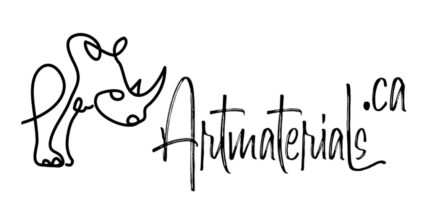- You have no items in your shopping cart
- Continue Shopping

Now we can see more and more labels saying “water-based paint” or “water-based varnish” or “water-based medium”. In fact, only few kinds of products can be truly called “water-based”. Let’s look inside “water based paints” meaning.
Why company use “water-based” for their labels?
All these comes from the times when acrylic paints started to appear on the art supplies market and when a massive campaign against oil painting began. Wherever possible acrylic paint advocates poured a bucket of dirt on oil painting manufactures claiming that oil paints are toxic, not safe, and acrylic paints are much better, because they are water-based. Then the market was roughly split into “toxic oil-based” products and “safe water-based” ones with the big lie started.
Now manufacturers have many reasons to call more and more products “water-based” because:
- “water” means natural and “water-based” attracts customers
- “water-based” is a clear statement and easy to understand
- labelling paints as “water-based” is a simple way to stay apart from alcohol- and oil-based ones.
Water-based vs water-soluble paints
A true meaning of “water-base” is a mixture or solution of pigment, dye or tint in water. We use these fluids for tinting plaster, paper, gesso or primer and other mediums. You can find tints at our shop too.
Manufacturers also use pigments dissolved in water for fresco painting, where wall plaster serves as a binder. For any other cases we need a binder to “glue” pigment particles together and keep them attached to a support, such as paper, canvas, wood etc. Binder is a base for any paint. So, water based paint meaning is very narrow. And talking about “water-based” paints we should rather say “water soluble” paints.
Water soluble paints include a very wide range of products:
- watercolours (based on Arabic gum)
- acrylic paints (based on acrylic dispersion or emulsion )
- Latex paints (based on acrylic resin)
- Water-soluble ink (based on acrylic dispersion)
- Gouache (based on Arabic gum or acrylic dispersion)
- PVAc tempera paints (based on poly vinyl acetate)
- Casein paints (based on casein and oil)
- Finger paints (based on dextrin, starch and other sugar-glue binders)
As you see, a spectrum of “water-based” paints is very wide and it doesn’t always mean “water plus pigment only” pair.
Potential other ingredients for water-soluble paints
Depending on kind of paint and its intent to use paints will have some other components beyond just binder:
- Fillers – to make a tube look bigger and replace expensive components like pigments
- Enhancers – to make paints spread easier, enrich colours or achieve other properties, like opacity/transparency, increase viscosity, add gloss or matt finish, reduce or increase drying time and other
- Preservatives – to prevent mold growing and extend shelf life
- Humectants – to prevent paints from drying
And here we can find some harmless components, such as honey, clays, marble dust, corn syrup, starches, dextrin, essential oils, resins, silica, glycerine etc.
On top of those paints most likely will contain one or more of those: isopropyl alcohol, white spirits, solvents, ammonia, formalin, phthalates, xylene and other.
Always check list of ingredients, especially if work indoors. Manufacture safety data sheets do not disclose all information.
You can read more about different ingredients of paints and how they contribute into your art and your health in our knowledge base. And get updates to your email with our newsletter.




